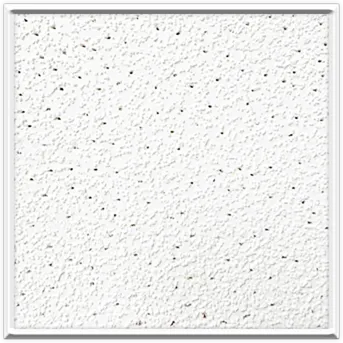Nov . 22, 2024 19:35 Back to list
ceiling grid hanger wire
Ceiling Grid Hanger Wire Essential Component for Ceiling Installation
When it comes to constructing a suspended ceiling, various components play crucial roles in ensuring stability, aesthetics, and functionality. Among these, the ceiling grid hanger wire stands out as a fundamental element that often goes unnoticed. This article delves into the importance, types, installation methods, and best practices associated with ceiling grid hanger wire.
Importance of Ceiling Grid Hanger Wire
Ceiling grid hanger wire is crucial for supporting the ceiling grid system, which serves as a framework for holding ceiling tiles in place. This wiring is typically made from galvanized steel, ensuring durability and resistance to rust and corrosion. It provides the necessary vertical support, allowing the grid to maintain its position and effectively bear the weight of the ceiling tiles planked above it. The integrity of a suspended ceiling relies heavily on these hangers, as they ensure the grid system remains securely attached to the overhead structure.
Types of Ceiling Grid Hanger Wire
There are several types of ceiling grid hanger wire available, each suited for different applications and load requirements. The most common types include
1. Standard Hanger Wire This is the most widely used type, coming in various gauges. The gauge determines the wire's tensile strength, making it suitable for different ceiling setups.
2. Pre-Cut Hanger Wire Available in specific lengths, pre-cut wires eliminate the hassle of cutting them on-site, making installation more efficient.
3. Adjustable Hanger Wire Similar to a standard hanger wire, but with additional features that allow for height adjustments after installation. This flexibility is beneficial when minor adjustments are necessary during the ceiling installation process.
Installation Methods
ceiling grid hanger wire

Installing ceiling grid hanger wire is a straightforward process, but requires precision and adherence to guidelines to ensure safety and functionality. Here’s a step-by-step guide
1. Planning and Measurement Before starting, careful planning is essential. Measure the area to determine the location of the hanger points. The spacing between hangers usually needs to be around 4 feet apart, depending on local building codes and the load specifications.
2. Cutting the Wire If using standard hanger wire, cut the wire to the required lengths. Always make sure that the ends of the wire are smooth to avoid injury during installation.
3. Attaching Hanger Points Secure the wires to the overhead structure, which could be joists or beams. Use the appropriate fastening method, such as screw eyes or toggle bolts, to ensure the wire is firmly attached.
4. Suspending the Grid Once the wires are secured, attach them to the ceiling grid system. This typically involves threading the wire through designated holes in the main runner or cross tees of the grid.
5. Adjusting for Leveling After the grid is in place, check for levelness. Adjust the height of the wires if necessary to ensure a uniform ceiling height throughout the installation.
6. Final Checks After everything is set, double-check all connections and the stability of the grid. It’s essential to ensure that nothing is loose before proceeding to install the ceiling tiles.
Best Practices
When working with ceiling grid hanger wire, some best practices include
- Always follow local building codes and guidelines related to ceiling installations. - Use the appropriate gauge of wire for your specific application to ensure safety and adequacy. - Regularly inspect the ceiling grid for any signs of wear or instability, especially in high humidity or load-bearing areas, to ensure longevity and structural integrity.
In conclusion, ceiling grid hanger wire is a critical component in the realm of ceiling installations. Understanding its importance, types, and best practices can enhance the efficiency and safety of the installation process. Whether you're a DIY enthusiast or a professional contractor, paying attention to this often-overlooked detail can lead to a successful and secure suspended ceiling.
-
Durable Ceiling T Grid Systems | Easy InstallationNewsAug.29,2025
-
PVC Gypsum Ceiling: Durable, Laminated Tiles for Modern SpacesNewsAug.28,2025
-
Pvc Gypsum Ceiling Is DurableNewsAug.21,2025
-
Mineral Fiber Board Is DurableNewsAug.21,2025
-
Ceiling Tile Clip Reusable DesignNewsAug.21,2025
-
Ceiling T Grid Modular DesignNewsAug.21,2025







